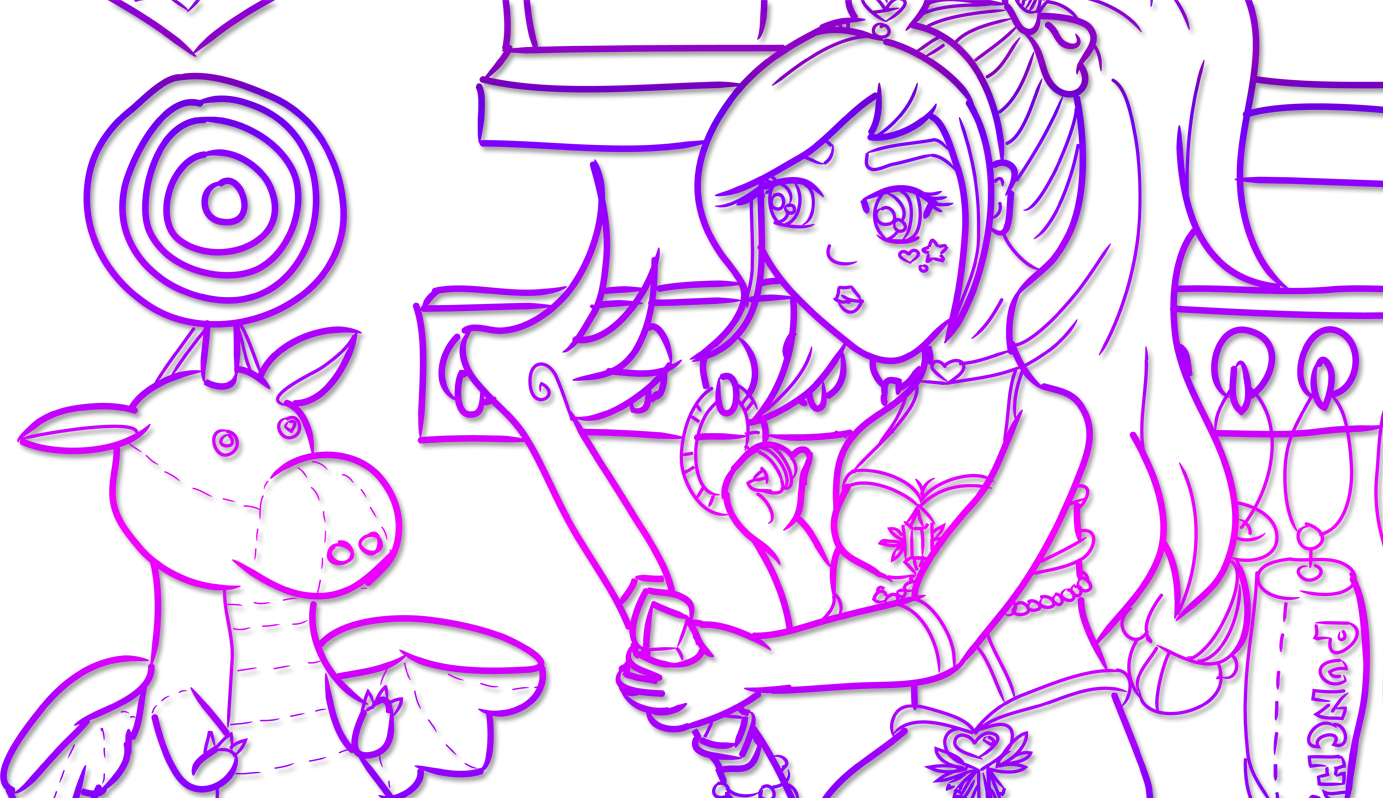In the second portion of the “Why are We Still Geeks?” panel at GHC, Brenda Laurel took center stage of the discussion, speaking out passionately about our portrayal of women as “professionals” – and what this decided imagery can do for our perceptions. She used the Grace Hopper poster as her example, commenting on details such as polished nails and suits – this serialized ideal of the business professional.
While at times her discussion seemed a bit out of left field or reaching, I felt she did have a very valid point in that we should be allowed to look “ourselves” and still be perceived as competent and professional. Of course we should dress workplace appropriate – but why must workplace appropriate for women include makeup? Why do so many images portraying business professionals show women in the 3-piece suit while men are able to wear khakis and polos in an ever-increasing amount of media? Why is pulled back hair considered professional – but pigtails (still pulled back) are not? When did these rather archaic lines become drawn between “appropriate” and “not” when some are rather silly when given a second glance?
Women should be allowed to dress in a way that is workplace appropriate but still expresses their sense of style and self – as for women, we often garner quite a bit of confidence from our dress. She stressed the importance of doing great work, being yourself, and allowing that to be noticed by those who will appreciate it – a valid point, even in a world with a need for a level of base professionalism. Who would want to work somewhere where their sense of individuality isn’t – on some level – appreciated at all?
Of course, Laurel’s discussion for those in the panel was a bit further seeming that we should be able to dress “any which way” that so suits us – to quote, we should “deny power to the spectacle “status quo” image of success” and “put our own self representations out”.
This is where I feel she loses me a bit. I agree, as I’ve stated above, that we should be allowed some semblance of freedom within the boundary of professionalism to express ourselves – and that often the media portrayal of that image is far too streamlined to a specific cut-and-dry image (the “power suit” woman – when so often many women where a nice dress or blouse to their jobs and are equally as successful). However, I do believe that there is a right for a company to have a dress code – again, some may be considered outdated or even bordering on archaic, but a business has a right to have an image they wish to convey. I don’t believe, however, that image should be allowed to fully mask the individual inside (whom they hired!). Even students in schools with dress codes often have some way to express – be it buttons their backpack, funny socks, hairstyle/color, or fun jewelery. If the overall “look” is being adhered to, why can’t someone be trusted with some freedom to express themselves?
While I wasn’t entirely sure how this discussion itself circled back to being geeks, I can see some correlation with perhaps our dress constructing an archetype?
Regardless, and even accounting for my disagreeing on certain levels with Laurel’s message, this section of the panel provided a good platform to consider the woman in the workforce dress code, and to hope we can continue to find and gain new ways of expressing ourselves in our dress while adhering to levels of professionalism.
“Don’t be into trends. Don’t make fashion own you, but you decide what you are, what you want to express by the way you dress and the way to live” – Gianni Versace



